If You Want to Be an Activist, Dress Like One

- Oops!Something went wrong.Please try again later.
- Oops!Something went wrong.Please try again later.
"Hearst Magazines and Yahoo may earn commission or revenue on some items through these links."
We all have to get dressed in the morning—CEOs, the president, Starbucks baristas, activists. We have identified service workers by their uniforms; upheld the social contract by not wearing white to other people’s weddings; acquired pink knit hats and pulled them over our ears one cold winter morning; dissected a politician’s decision to wear a purple tie to a consequential debate; decided to whom to introduce ourselves at parties; and otherwise assessed and examined the people around us on the basis of their outfits. And because of that, we know that clothes can be a form of speech.
The fashion critic Vanessa Friedman once wrote a full-throated defense of her line of work, which has so often been derided as superficial. She insisted that to interpret the wardrobes of the rich and powerful—as well as the downtrodden or dissident—was an act of political and cultural excavation. Their clothes were biographies laden with sometimes inadvertent clues. “Why does fashion matter?” Friedman asked, to assume for a moment the position of her critics. She answered herself: “The world is not run by naked people.”
Women and activists—and those who are both—have debated the degree to which fashion can or should be weaponized. Is it a tool or a distraction? Must it be renounced? Can it be renounced? Or is its renunciation its own kind of aesthetic and political choice? Is opting out of fashion-as-personal expression possible? Desirable? Essential?
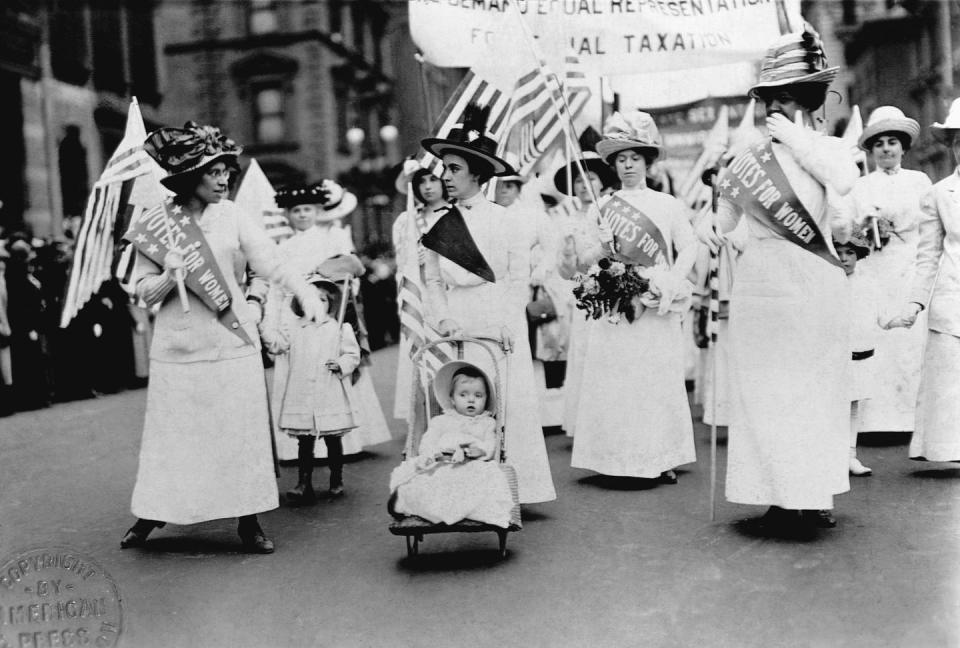
Suffragists wore white, endowing generations of women with a visual language that still calls back to their struggle for equal rights. Antiwar protesters wore their hair long and questioned the value of a middle-class aesthetic in the face of bloodshed abroad and alienation at home. Afros and denim became the visual expression of Black power. In 1969, the Supreme Court ruled in Tinker v. Des Moines that students are entitled to express themselves even within the confines of the classroom. The “speech” that case protected was in fact a bit of cloth. A trio of students—Mary Beth Tinker, 13, best known among them—had gotten into trouble for accessorizing. The three had been suspended for wearing black armbands to school to call for an end to the Vietnam War. The black armband wasn’t emblazoned with an expletive or even a slogan, but it was recognizable enough to be radioactive.
The link between an article of clothing and the movement that adopts it can weaken or fade, but some signifiers retain their ideological edge. Red baseball hats were once an innocuous form of headwear. If people take it up, it becomes a shorthand. Fatigues. A uniform.
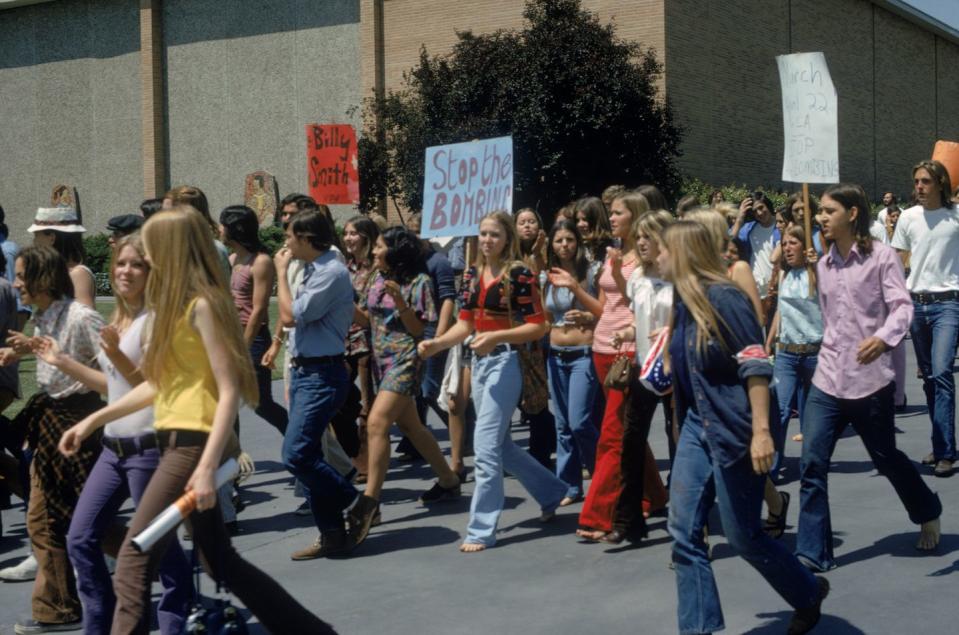
In a meditation on what she calls “protest costumes,” the writer Carli Velocci explains that an effective protest outfit “acts like a picket sign” at a demonstration and communicates in visual modalities that are simple and straightforward; telegenic.
Activists dressed alike can force attention from the individual onto the collective and erase distinctions between leaders and organizers, the famous and the unknown, the seasoned and the green. A uniform can be a comfort to those who would rather not stick out. If threatened, matching costumes—to borrow Velocci’s term—can offer refuge and blankness. A coordinated look speaks to a sense of belonging. (You know this: You once watched the Plastics in Mean Girls wear pink.)
Teenage girls—fluent in the semiotics of cheerleaders’ uniforms, costume parties, dress codes, trends, and status—understand better than most what a potent tool appearance can be. PResentation is more than a first impression. In a culture fixated on women’s bodies, dress is the one mode of expression to which girls know the market will respond. Their words are too often accorded middling value, but an outfit can do the talking.
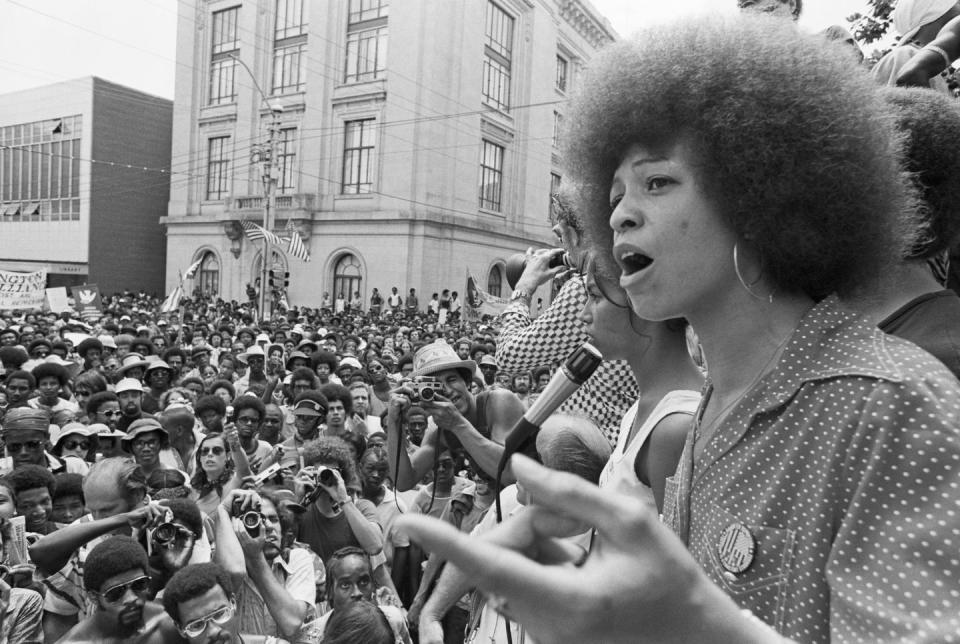
In the case of Tinker, a rectangle of fabric made so much noise that it landed on the steps of the Supreme Court. But what people heard was not quite the message that Tinker herself had wanted to deliver.
“It became about me, without dealing with the whole context of this whole movement of people that I was part of to challenge the growing involvement in the Vietnam War,” Tinker told me in an interview for the book that would become Young and Restless: The Girls Who Sparked America’s Revolutions. She had worn the armband to draw attention to the soldiers shipped overseas for no good reason. But the battle she had started was now being waged over free speech—over a swath of fabric. The armband was the flashpoint. Not the war.
There would be larger-scale intersections between fashion and protest. In each case, activists would do their best to point back to the cause. But Tinker speaks to the essential risk: a strip of cloth becomes the bigger of the two stories. The war went on.
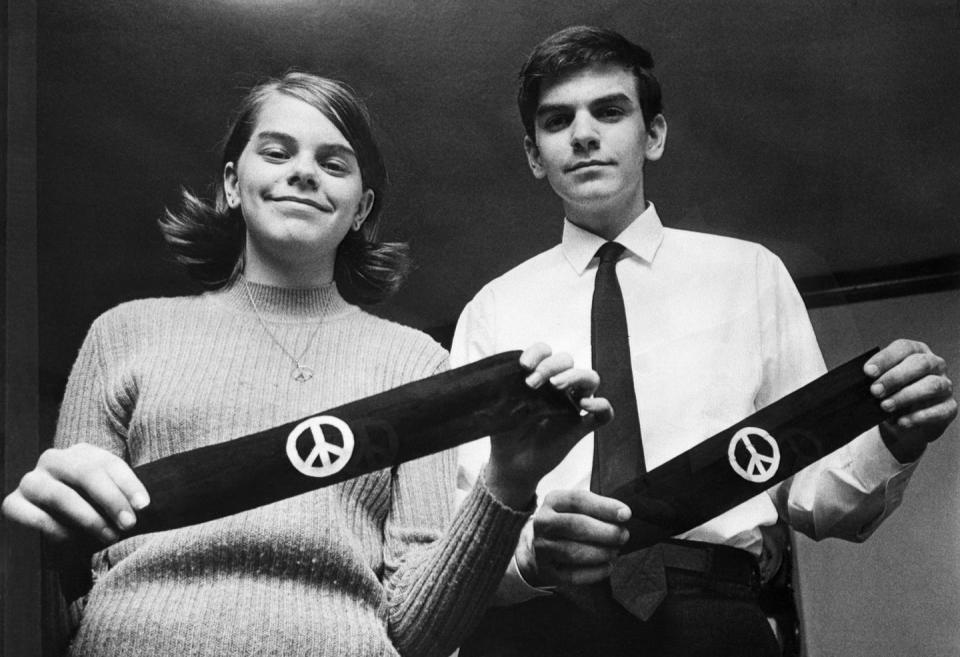
“It made no sense at all to me,” Tinker said. It was hard for her to feel pleased when she found out she had won the case. She remembered thinking, “Oh, now we can wear a little piece of black cloth on our arm. Whoop-de-do.”
Ask her about the relationship between appearance and politics, and the historian Dierdre Clemente can muster a little more enthusiasm than teenage Tinker. She has written about this process of material self-invention—a practice at which teenage girls are maestros. Some adolescents who first picked up a pair of bell-bottoms later wore them to protests and became ardent believers in the social causes associated with them—from civil rights to the anti-war movement. Some adopted the aesthetics of the beatniks without meaning to nod to the activists of an earlier era. Others discovered in their clasehse with parents and school administrators over hemlines and denim that their disputes went deeper than sartorial preferences.
The clothes themselves became a first step toward embracing political activism. Fashion choices that began as exercises in personal branding became imbued with collective consciousness. “The clothes were what made them radical,” Clemente explained to me. “That’s the trick. People wear clothes to live out identities that are still forming.”
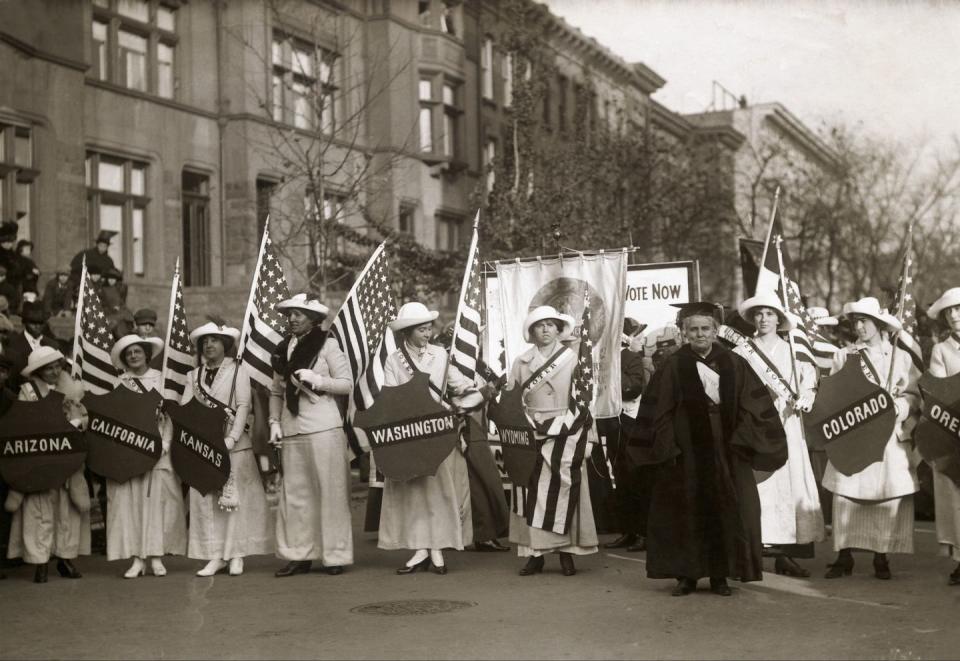
Was that not true for Tinker too? She had been to marches. She had participated in demonstrations. The armband was the spotlight. It illuminated her just as pink hats made millions of women visible post 2016 and festooned crowns helped show the discipline and force of the suffragists who wore them on their march up Fifth Avenue in 1912.
Fashion can respond to and be reflective of change. Ideals shift and so do the uniforms of the people who believe in them. But clothes can also be transformative as a shared experience. The clothes make the girl. You want to be an activist? Dress like one.
As Tinker moved through the courts between 1965 and 1969, students nationwide waged their own wars on dress codes. In several incidents, teenage girls were dismissed for wearing pants, culottes, or even sandals without socks. Some were sent home for a glimpse of bare ankles. In at least one case, girls were penalized for wearing dresses that were too modest—students had set out to mock their restrictive dress code and their teachers didn’t like it.
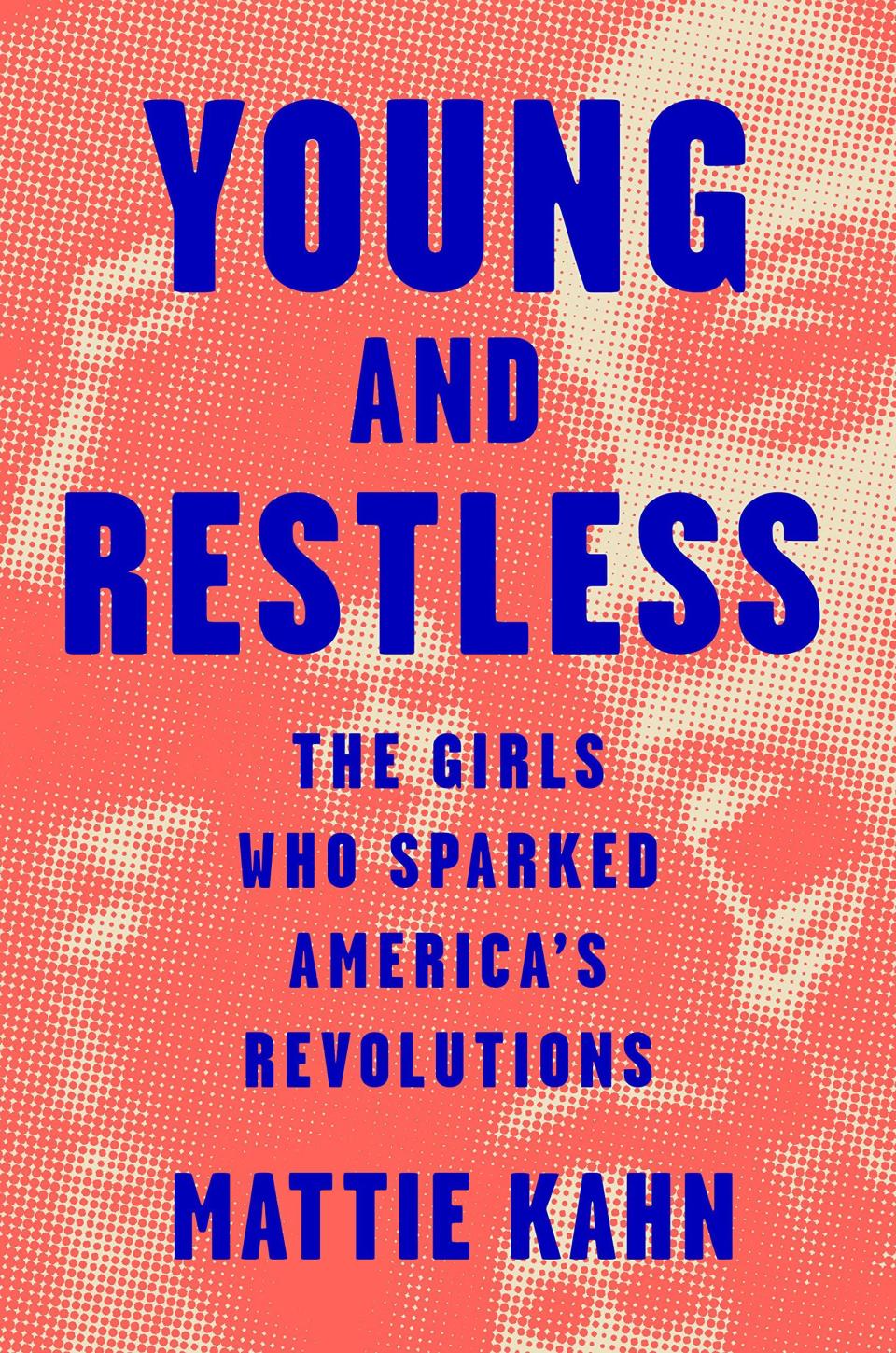
Young and Restless: The Girls Who Sparked America's Revolutions
$26.10
amazon.com
In an era of political and social upheaval, dress codes were implemented as visual manifestations of good citizenship. Girls’ bodies became a place where order and containment could be enforced in an out-of-control world. Not for the first time. Not for the last.
Tinker could never have anticipated how the decision in her namesake case would reverberate. She had not worn her armband to inspire feminist teens to protest rules about shorts. But the students who partook in these demonstrations did feel empowered.
In the feminist manifesto Sisterhood Is Powerful, an eighth grader named Connie Dvorkin put language to the idea that clothes could be a source of confidence. “I read all the literature on women’s liberation and still wore skirts,” Dvorkin writes. But when she heard about the decision in Tinker, she realized what it could mean for her too. She went to her principal and informed him that she intended to wear pants. He was horrified, but he couldn’t stop her.
Whoop-de-do indeed.
From YOUNG AND RESTLESS by Mattie Kahn, published by Viking, an imprint of Penguin Publishing Group, a division of Penguin Random House, LLC. Copyright © 2023 by Mattie Kahn.
You Might Also Like

